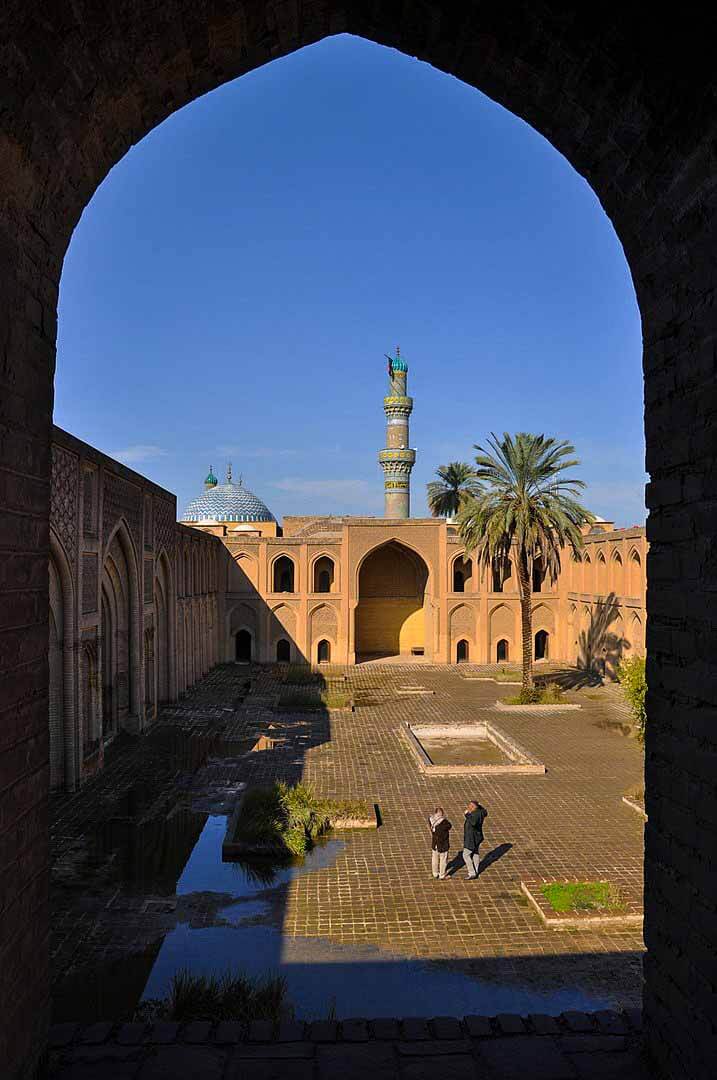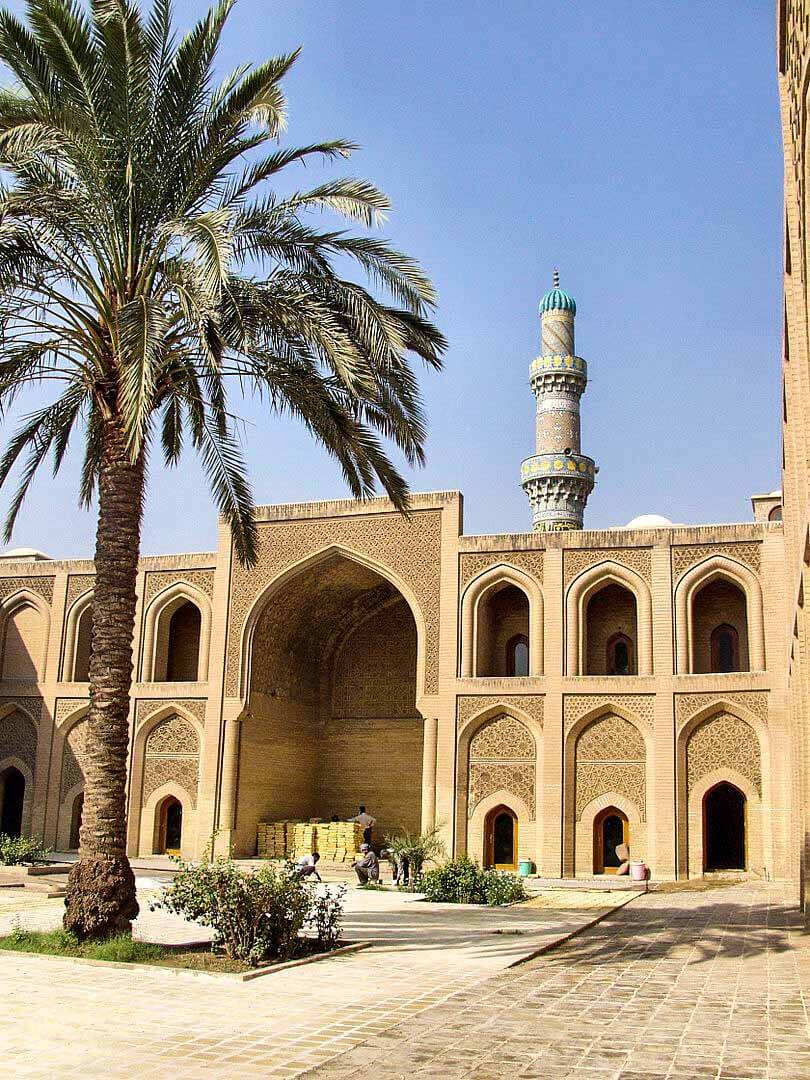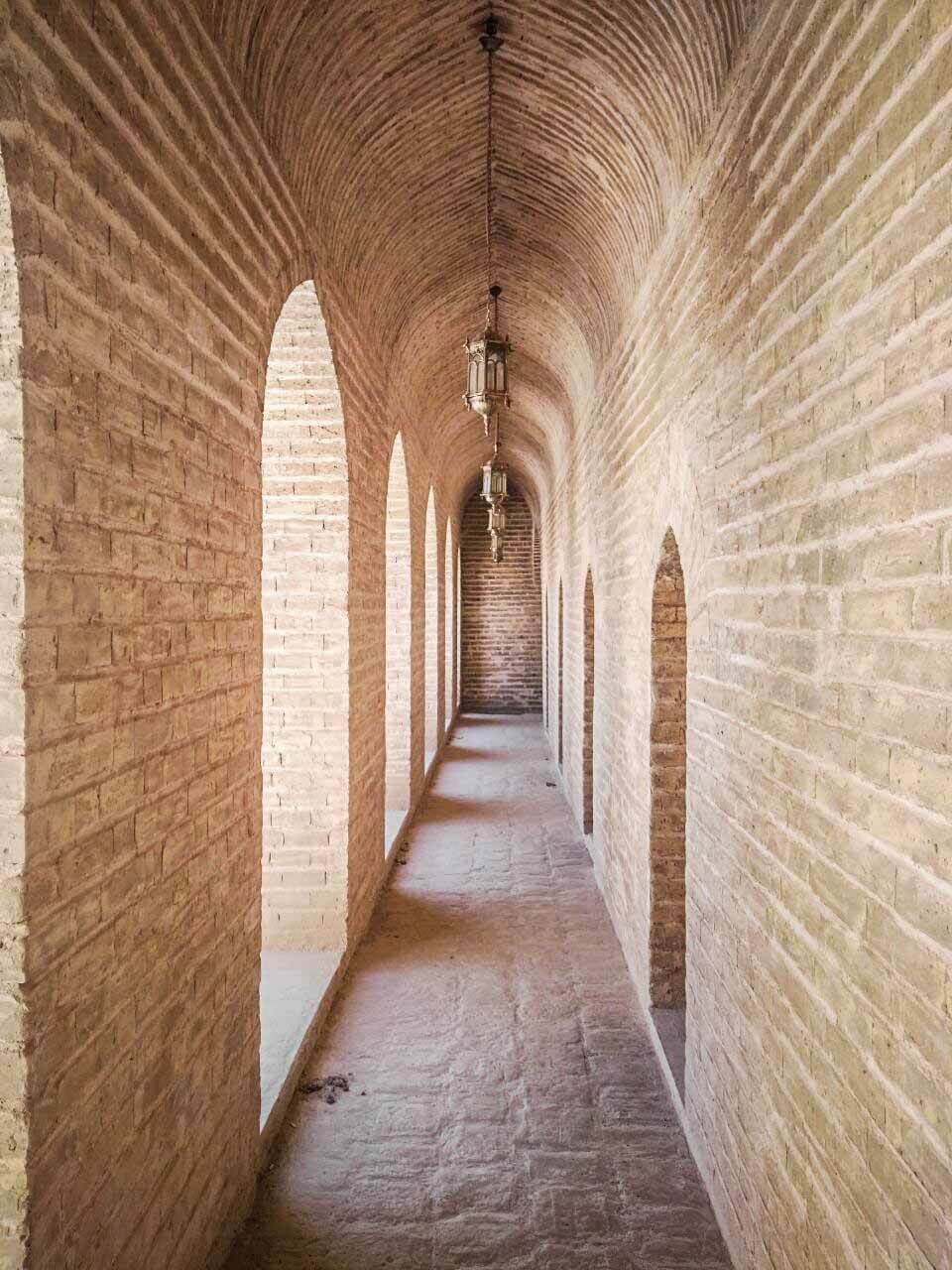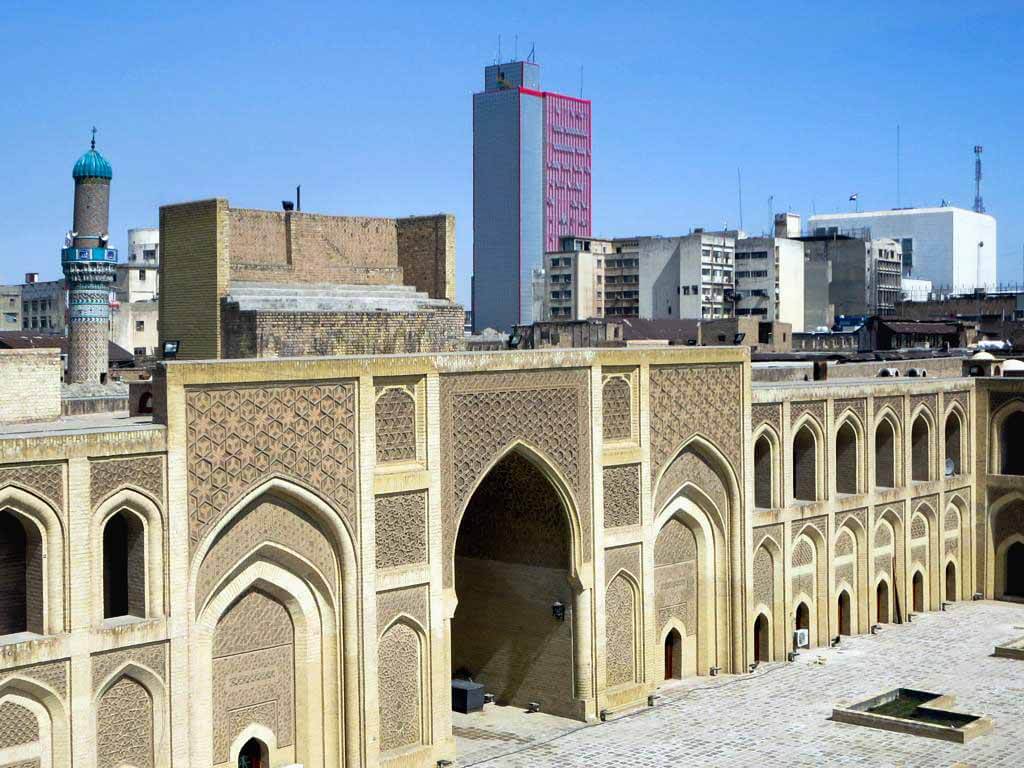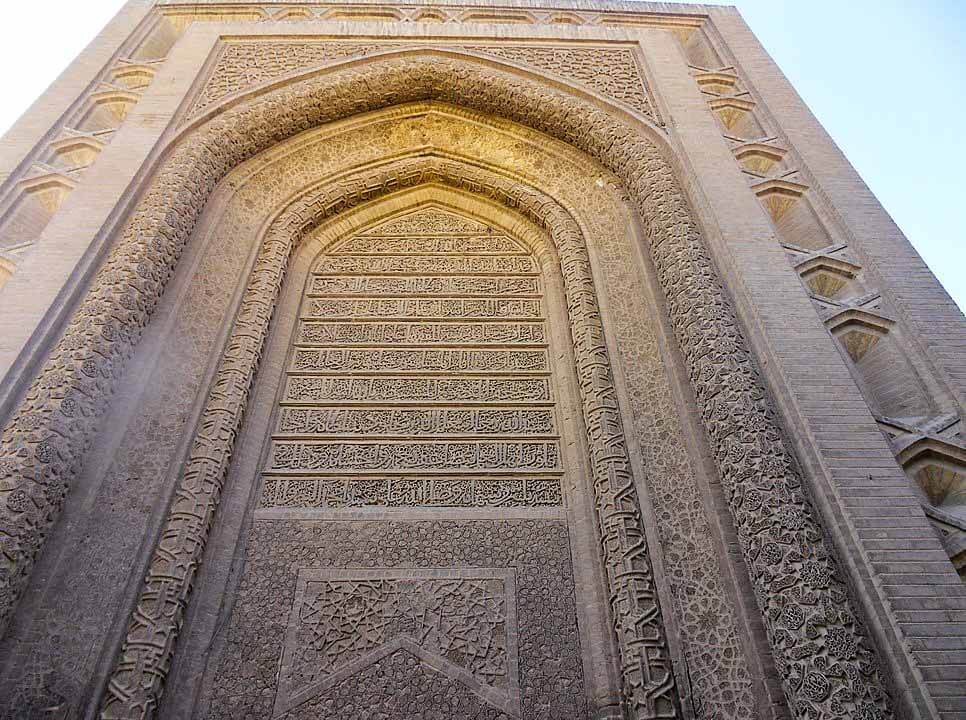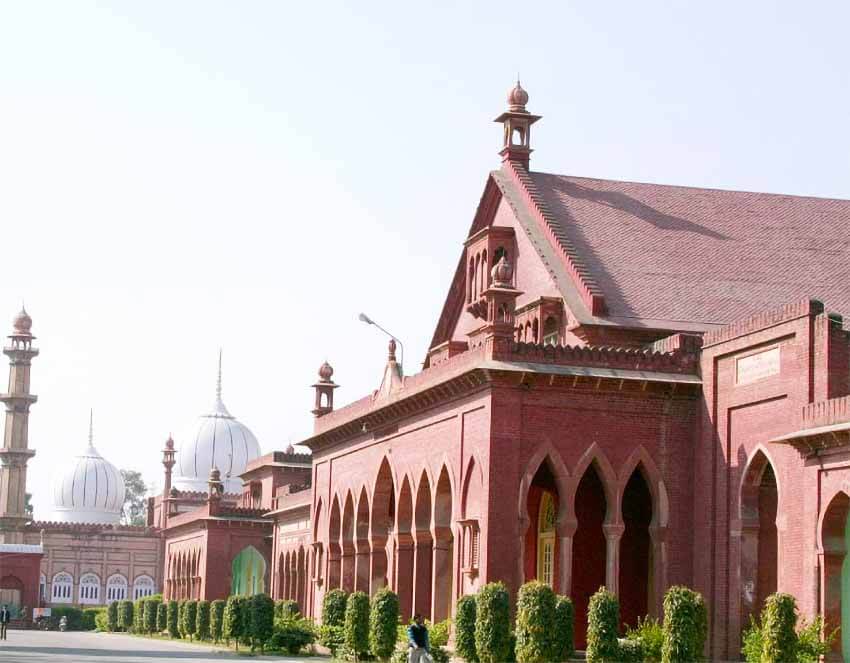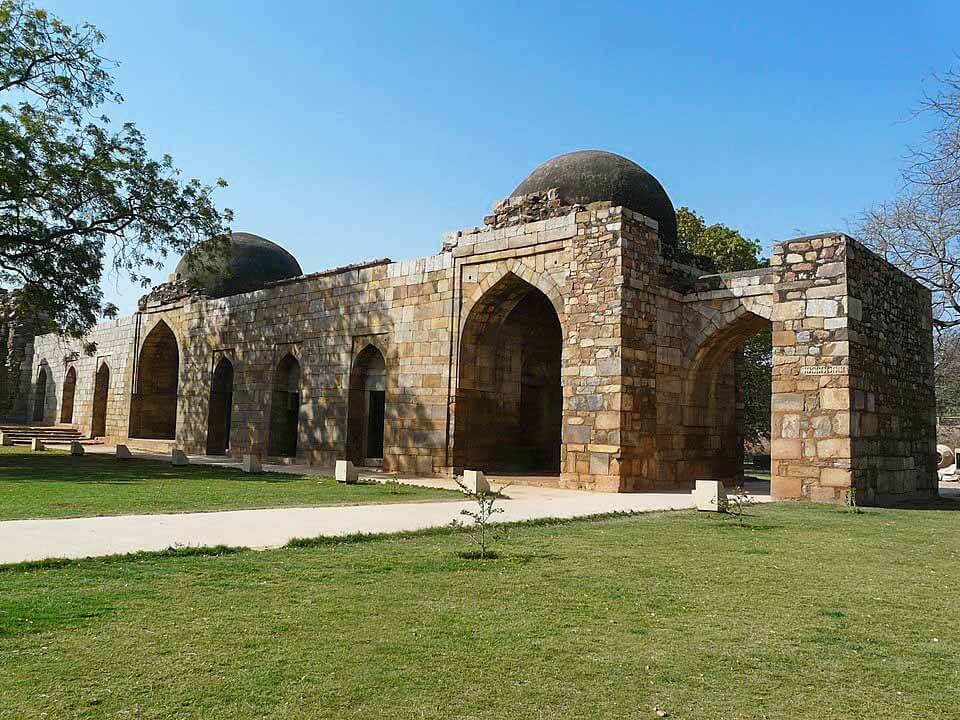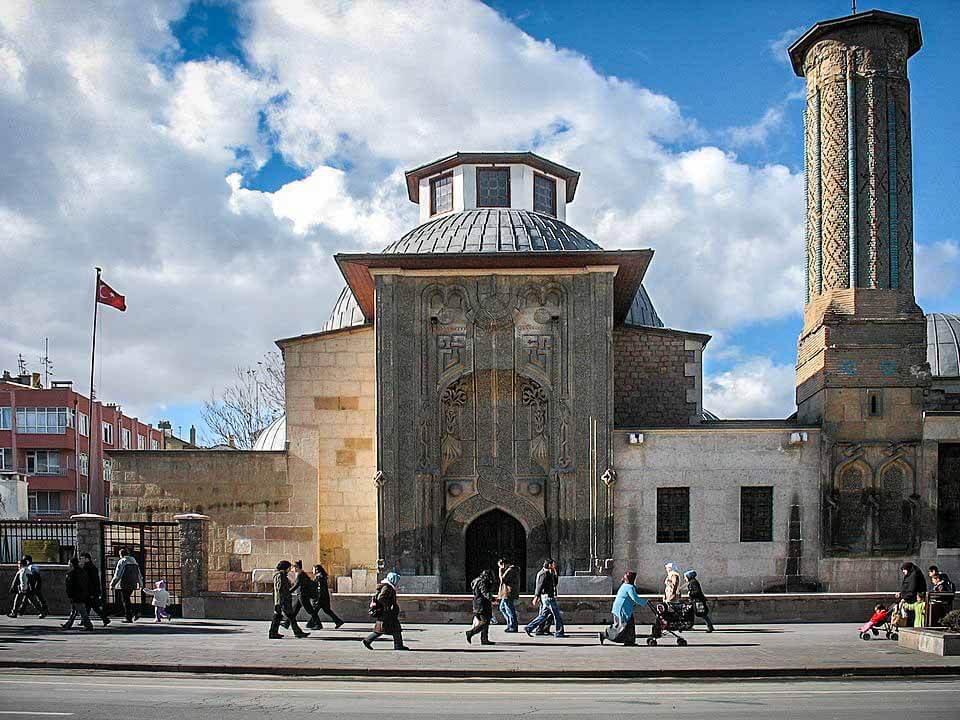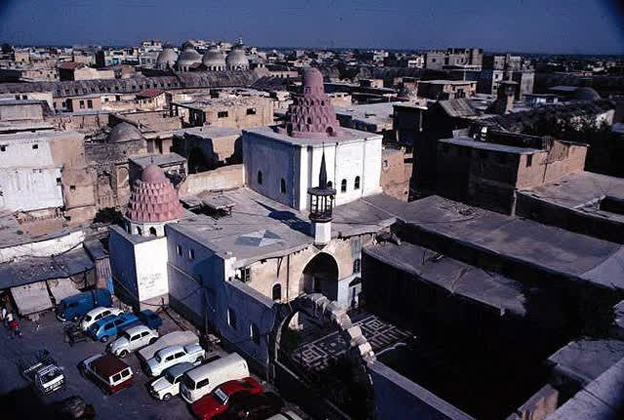Baghdad, Iraq
Coordinates: 33.338500, 44.389600
Mustansiriya Madrasah was a medieval-era scholarly complex that provided a universal system of higher education.
It was established in 1227 CE and was named after and built by the Abbasid Caliph al-Mustansir in Baghdad, Iraq.
The Madrasa taught many different subjects, including medicine, math, literature, grammar, philosophy, and Islamic religious studies.
However, the major focus of education was Islamic law. It became the most prominent and high-ranking center for Islamic studies in all of Baghdad.
Madrasas during the Abbasid period were used as the predominant instrument to foster the spread of Sunni thought as well as a way to extend the founder’s pious ideals.
The architecture of the Madrasa was also an important example of Islamic architectural development in Baghdad.
History
Within the school of Islamic studies, there were specific divisions of Islamic knowledge. The divisions included the Dar al-Qur’an and the Dar al-Hadith.
The Dar al-Qur’an, or the House of Qur’an, was dedicated to the study and recitation of the Qur’an. There was a designated reciter of the Qur’an and a fellow aid to help teach the students. Along with the students, there were thirty orphans who were housed in the complex. All students, including the orphans, were designated an equal wage, bread, and stew.
The Dar al-Hadith was dedicated to the study of the sayings and traditions of the Prophet Muhammad. Within this school, there was a senior scholar, or shaykh, who held the highest position of education within the school.
Mustansiriya Madrasa included a variety of buildings such as a hammam, public hospital, pharmacy, food storage site, and kitchen. There was also space designated for student residences.
The Madrasa provided food, lodging, clothing, and a monthly stipend for its students.
Its library had an initial collection of 80,000 volumes, given by the Caliph. The collection was said to have grown to 400,000 volumes, although the reports of both these figures may have been exaggerated.
Even though the libraries’ collection survived the Mongol sack of 1258 CE, it was merged with that of Nizamiyah Madrasa in 1393 CE, whose collection had subsequently been dispersed or disappeared.
As a result of the Ottoman invasion and capture of Baghdad in 1534 CE, books from the palaces and libraries were taken as the spoils of war and became an important part of the royal library in Istanbul.
Decline
After the 13th century, the Madrasa experienced a period of decline in prominence, followed by fluctuating centuries of purpose and power.
The widespread annihilation and conquest of the Mongols throughout the Middle East resulted in the first stages of transformation for the complex.
The Mongol Sack of 1258 devastated parts of the Madrasa that were later restored. After the initial attack, the Mongols settled in Baghdad under the emperors of the Il-Khanids.
In 1534, the Ottoman Turks sieged control, maintaining a stable reign until the British accession in the early 20th century.
During the late 18th to early 20th century, the Mustansiriya Madrasa was used largely for military purposes such as serving as a place of rest and resource as well as a storage house for soldier uniforms.



